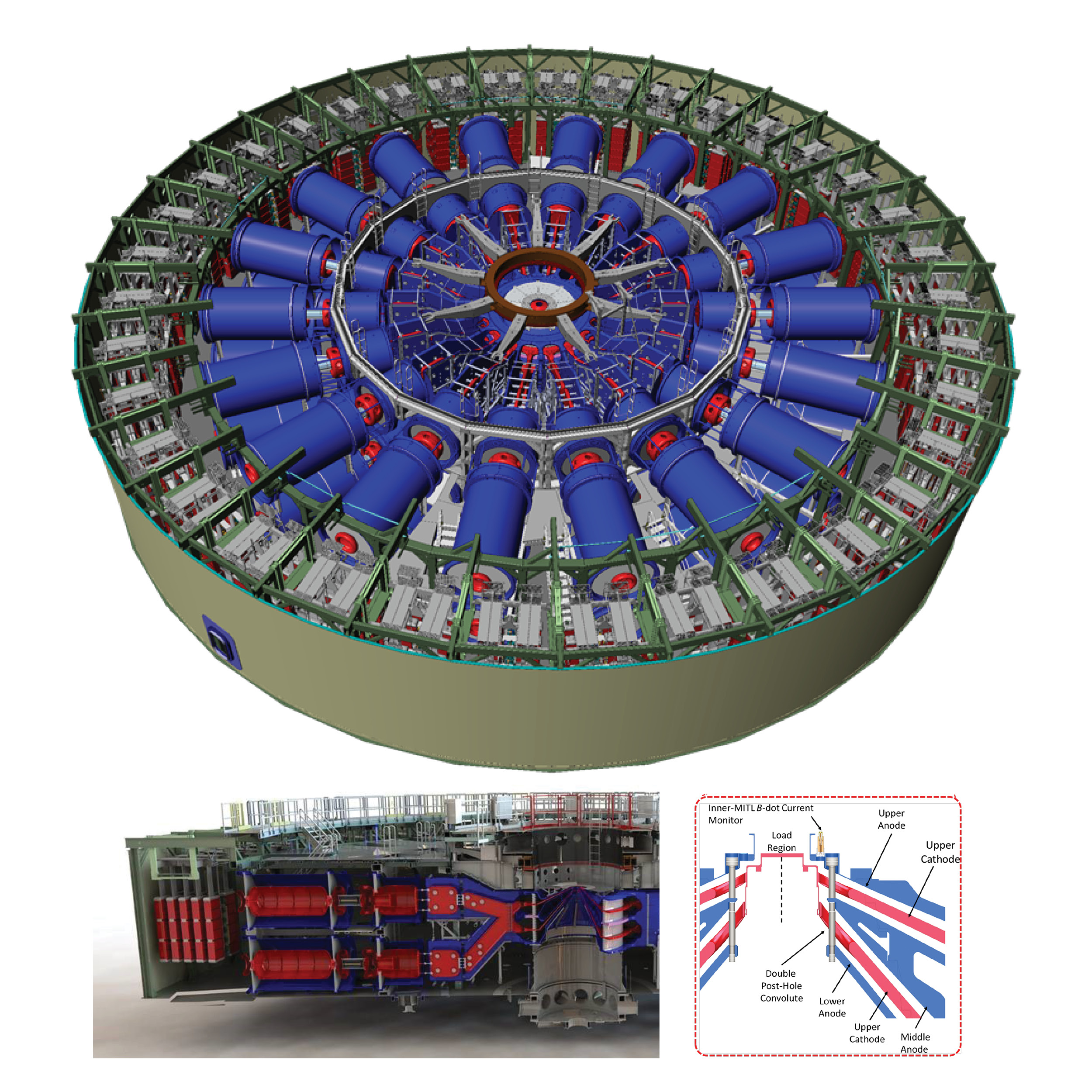
ElectroMagnetic Plasma In Realistic Environments (or EMPIRE) is a modeling and design tool for plasma environments. Plasma is one of the four fundamental states of matter. In the case of water, it is created when water transforms from ice to liquid, liquid to steam, and then break down of the molecules into hydrogen and oxygen with the addition of continually added energy. Eventually, orbital electrons are stripped off, and ions (atoms which have some of their orbital electrons removed) and free electrons are left moving through space. This gas of ions and free electrons is called plasma. Plasma can be generated in several ways, such as by heating a neutral gas or subjecting it to a strong electromagnetic field to the point where naturally occurring free electrons ionize neutral particles in an avalanche (mechanism for lightning). As the ionization fraction of a gaseous substance becomes increasingly high, it becomes more electrically conductive. What makes plasma different than a gas like steam is plasma has a charge and thus it both creates and is modified by electromagnetic fields. The resulting charged ions and electrons become influenced by long-range electromagnetic fields, making the plasma dynamics more sensitive to these fields than a neutral gas.
EMPIRE, which is funded by the Grand Challenge-Laboratory Directed Research and Development (GC-LDRD) and ASC-Advanced Technology Development and Mitigation, has a unique ability to design plasma environments, which is particularly useful for Sandia’s pulsed power research. Accelerators like the Z Machine, or Saturn or HERMES (High-Energy Radiation Megavolt Electron Source), take energy stored in a capacitor bank and deliver it to a load designed for a particular task.
For example, the Z Machine uses a z-pinch to compress material to perform research on inertial fusion for clean power (see Z Machine–An Engine of Discovery article on page 23). The z-pinch, also known as zeta pinch, is a type of plasma confinement system that uses an electrical current in the plasma to create enormous magnetic fields which compresses a target to pressures seen in the sun. Energy is delivered rapidly from the capacitors and into the z-pinch, creating a flow of electrical power. In Figure 1, the Marx generators (top) are on the outside, which are discharged into the coaxial intermediate storage capacitor (represented in blue anode and red cathode). From there, there are the laser-triggered gas switch, then pulse forming lines, and then the transmission lines to the vacuum insulator stack in the center. As power flows along the stages, the power density (energy/volume) increases as the physical domain gets smaller and smaller. As the power flows close to the load (red cathode and blue anode, lower right), the voltage gets so high (~2M volts) that it rips electrons out of the metal in the red area. As power flows along the stages, the power density (energy/volume) increases as the physical domain gets smaller and smaller. As the power flows down the red electrodes into the blue electrodes, the voltage gets so high (~2M volts) that it rips electrons out of the metal in the red area, combined with desorbed impurities in the metal which are ionized very quickly, creating a plasma in the gap. In some experiments, the high voltages can carry the plasma between the electrodes, reducing the efficiency for electrical power to reach the target. Fortunately, in addition to the high voltages, there is a very high current which creates large magnetic fields. These magnetic fields prevent the flow of plasma from the cathode to the anode, keeping the plasma tight to the cathode. The combination of the high self-generated magnetic fields which keeps the plasma from crossing the gap is what defines a Magnetically Insulated Transmission Line (MITL), which looks like two cones, where the power flows on the surface.
Any current crossing the gap is a loss, the goal is to minimize the loss of energy in the MITL and maximize the energy delivered to a target.
EMPIRE’s unique ability to predict plasma environments has a wide range of applications including pulsed power, accelerator, oscillators used in national security, commercial and medical devices.
EMPIRE takes a transmission line design and predicts how much energy is delivered to the target vs. how much is lost in the various locations of the accelerator architecture. The modeling is split at the point where the blue area begins, with everything on the left modeled as a circuit and the area to the right modeled as the self-consistent evolution of the plasma and the power flow. EMPIRE models Maxwell’s equations for electromagnetics, Newton’s Laws with special relativity corrections for the evolution of the plasma, and tracks the temperature on the surface of the MITLs, modeling desorption physics which allows gas and water trapped on the surface and in the bulk of the metal to enter the gap and be turned into plasma.
EMPIRE uses a particle-in-cell formulation for plasma modeling. This is a dual mesh formulation where the electromagnetics are computed on a traditional tetrahedral finite element mesh allowing for local refinement to have resolution where needed and also a particle Lagrangian mesh for particles which are allowed to move as the physics dictates. The particles represent electrons and ions, and since there are too many electrons and ions to represent individually, EMPIRE models them as movements of sections (say one billion) as a unit.
EMPIRE has a wide range of applications, including pulsed power and other plasma devices such as microwave generators (magnetrons, gyrotrons) used in radar, accelerators like the Stanford Linear Accelerator Laboratory (SLAC), laser plasma interactions like National Ignition Facility (NIF), and even for X-ray devices used in medicine.